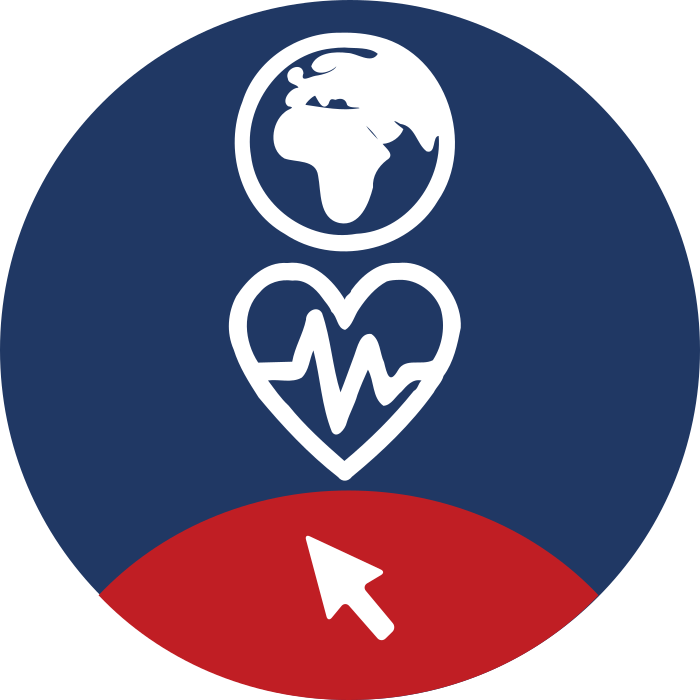Course 4 - Turning Digitally Literate (Course4-EN)
Units
- Type: Face to face session (in person or video conference)
- Duration: 2 hours
- Content
- Opening (day 1)
- Getting to know different digital devices
- Searching on the Internet
Materials | ||
| DPTA_4_EN.pdf | ||
| Handbook Module 4 EN.pdf | ||
| Module 4 EN.pdf | ||
| Module 4 EN.pptx | ||
| Online Training Module 4 | ||
Action 4.1.1 Opening Once the attendees have arrived at the classroom, the trainer will introduce the objectives of the session, including learning objectives, activities, and planning. In the introduction to this work session, the trainer recalls some of the content that emerged in previous DPTAs and especially in DPTA1. In particular, the definition of Digital Health Literacy, as it emerged in the collective analysis of DPTA1, is recalled. The activities of this module are all practical: they concern the use of IT tools and the focus on internet research, security and privacy, digital communication. For this reason, it is to be considered to focus in the introduction on the fact that the concept of digital health literacy is not only about the skills needed to use technology and devices (ICT literacy, computer literacy), but rather refers to a perspective in which the internet is an ecosystem and a reflection of society. Therefore, skills are required regarding the digital environment, its evaluation, reliability, caution and especially critical thinking. It is recommended, in order to humanise the trainer and to have a closer trainer-trainee relationship, that the trainer points out that, as technology is constantly changing, being digital literate is something that needs to be constantly updated and that the trainer himself has to pay attention to these issues.
| ||
Action 4.1.2 Practical Activity: Getting to know different digital devices In the beginning of this practical activity, different digital devices are shown (smartphone, tablet, computer) to give an introduction to acting in the digital environment. This activity aims to clarify the various possible use of the different digital devices, as some activities in the digital environment are easier to conduct with a computer (e.g. writing an email, collect information), and some others are easier to conduct with a smartphone (e.g. social communications, like WhatsApp). To make it more interactive, the trainer asks the participants which devices they are usually using and starts a discussion on suggestions about which devices they think could be useful for which actions. The differences identified during the discussion can be collected on a board, flipchart, poster, or directly in PowerPoint. At the end of the activity, attention is drawn to the fact that the devices presented are those most commonly used. Additionally, there are various kinds of them; in relation to this, it is important to reflect on the fact that digital literacy is a contextual knowledge and not static, closely related to the development of technology and ways of using it. Practical Activity: After the discussion, the trainer hands out the different digital devices to the participants. If there are not enough digital devices for all the participants, the participants can be divided into groups. Each group/participant should have the chance to test all of the digital devices.
Break: 10-15 minutes | ||
Action 4.1.3 Practical Activity: Searching on the Internet This action should provide some first information about searching for information on the internet. In the beginning, the trainer shows how to open a web browser and where to enter the internet addresses. As the navigation on the internet can differ between the languages and countries, an example is provided about the differences in menu navigation between the various languages and countries. After that introductory part, different search engines are shown, complemented by short explanations of their differences. The next part is about how to find good keywords to find the information one is interested in. Discussion: For that, different examples of search strings are shown and the participants can discuss in groups, which are the best ones. It is also important to talk about the arrangement of information. Are the most relevant ones the first ones? Or are there other aspects which influence the arrangement of the information? (Link to DPTA 5, action 2.2)
| ||
